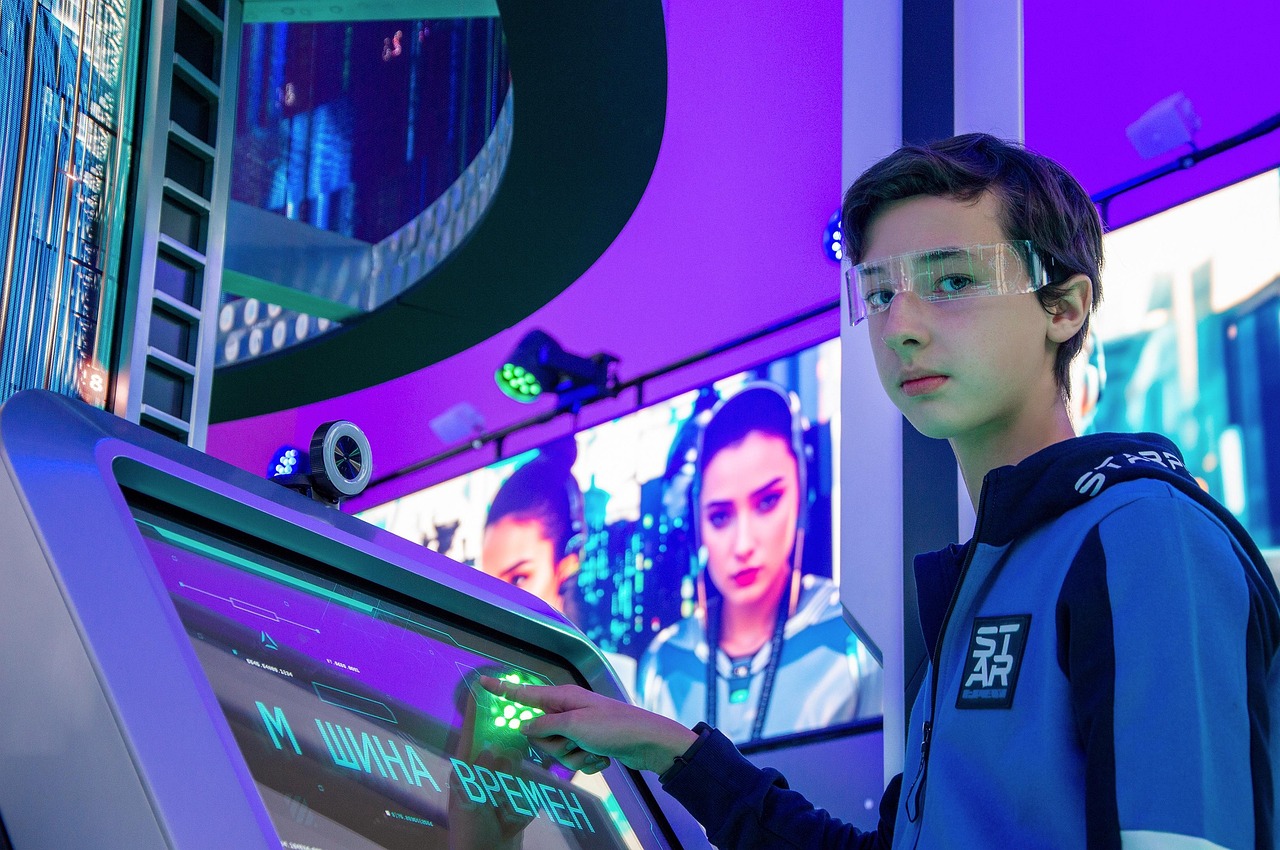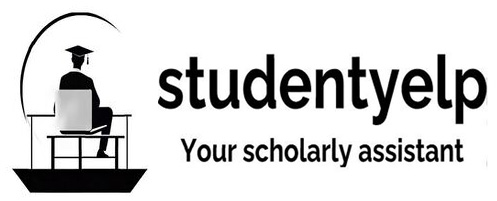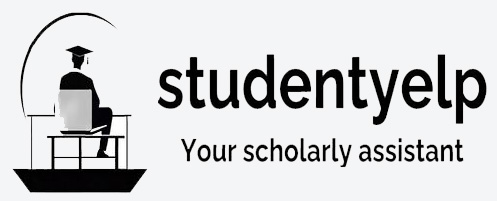Email Address:
Info@studentyelp.com
Call At:
+919994308824

Education is evolving faster than ever, and artificial intelligence (AI) is playing a crucial role in reshaping how students learn, how teachers teach, and how institutions operate. From AI-powered tutors to personalized learning experiences, the future of education is here. But what does this mean for students? Will AI replace teachers, or will it simply enhance the way we learn?
AI can analyze a student’s strengths, weaknesses, and learning habits to create personalized study plans. Platforms like Coursera and Khan Academy already use AI to adapt coursework based on student performance, making learning more efficient.
Have you ever wished for a tutor available 24/7? AI-driven tools like ChatGPT, Grammarly, and Socratic provide instant feedback, explanations, and assistance, making it easier for students to understand complex topics without waiting for a teacher.
Teachers spend countless hours grading assignments, but AI can automate this process. Tools like Gradescope allow AI to evaluate multiple-choice tests, short answers, and even essays, providing students with quicker feedback and freeing up teachers for more meaningful interactions.
For students and researchers, AI-driven search engines like Semantic Scholar and Google’s AI-powered search help identify relevant papers, summarize key points, and even suggest citations, making academic research faster and more efficient.
AI is not here to replace traditional education—it’s here to enhance it. The future will see more AI-driven virtual classrooms, real-time language translation for global learning, and even AI-generated textbooks tailored to each student’s needs.
As AI becomes more integrated into education, students who embrace these tools will gain a significant advantage. The key is to use AI responsibly—as an aid, not a replacement for critical thinking and human interaction.
Let's Talk

